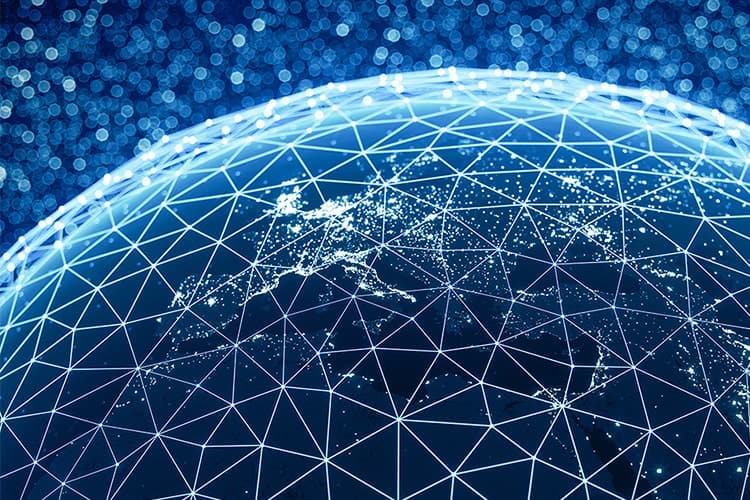And as we prep for the event and determine which sessions we can actually carve out time to attend, I thought it would be prudent to ask about the five “things” you’re most looking forward to at this fine event… and they can’t be food related. Though when I think of #5things, it’s always focused on food; in this case, fried food (in no particular order)—mozzarella sticks, jalapeno poppers, pizza rolls, chicken fingers (or as we say in Boston, fingaz) and deep-fried Snickers (or once again, as we say in Boston, snickaz). But I digress, since this post is about you, not about my cholesterol and poor diet. Then again, our diets are equally poor. So, fire away!
Mark Ranta: Mmmmm deep fried goodness… but again, we digress. The number 1 Money20/20 Buzzword for 2018 is Open APIs!
Dan Ring: And let be the first to tell you that I’m excited for your API session next week. It’s gonna be great! And for anyone interested, the session is “Return of the Planet of the APIs: The New Payments Ecosystem,” from 4:00 – 4:40pm on Tuesday, October 23.
MR: Thanks for that PSA Dan… now back to APIs, or rather, why APIs. They’re the fundamental ingredient in all of the other trends; using your fried food example, APIs are the hot oil; without them, nothing tasty emerges.
DR: So it’s just a plain Oreo cookie without the cream?
MR: Correct, just the plain, artificial cookie.
DR: Okay, what’s your number 2? (in no particular order)
MR: Digital Identity. Why digital identity, might you ask? Good question! This has everything to do with the shift to the New Payments Ecosystem we have waxed poetic about in this forum for the past 12 months. We’re moving completely into the digital world, leaving behind the hybrid world we are in today (note: this is not just an homage to The Matrix (or for our younger demographic, Ready Player One), this shift is actually happening. A key piece of this entirely digital experience is how to manage your – or my – digital self. A lot of talk around identity focuses on coming back to real-life (exiting an experience to capture your voice, scan your fingerprint, capture a selfie, etc.), but in this new reality everything stays inside the digital realm. It never leaves the Matrix!
DR: Oooh, Neo; there is no spoon! Okay, numero tres?
MR: Instant, and why instant? Where APIs are a fundamental ingredient, ‘instant’ is the foundation—the bedrock that all else in the New Payments Ecosystem will be built upon. Most of the payment use cases we have today were built on non-real-time systems; the foundation they were built on had to at some point deal with the old batch-based systems that underpinned the ecosystem. What we have with the emergence of immediate and instant schemes globally is the chance to review, update and improve those use cases and remove the workarounds that were necessary only a few years ago.
DR: Four?
MR: Open Banking, though maybe it is mislabeled when we talk about it from a US perspective… what we’re really talking about is platform banking. And what I’m getting at is the complete decomposition of banking and looking at what banking could be if you look at it brick-by-brick to rebuild old value propositions while creating new ones. When you mix in the platform discussion on this, the possibilities are literally endless.
DR: Endless possibilities?
MR: Correct, I just said “endless” so I am literally saying all of them—you could truly personalize banking. When you decompose bank services, and then open them up to either be shared on a public platform or shared via a bank owned ecosystem, you open yourselves to innovation driven by people who don’t think about banking 24x7x365 (which one of my favorite people, Sanjib Kalita, reminded me last week is but a small fraction of a percent of the global population). It is putting the customer truly at the center of everything. Some propositions will push the “banking service” to the forefront, others will make it invisible, but it moves us out of the small confines we have existed in for our entire history and moves us into the New Payments Ecosystem we are so excited about!
DR: Deep thoughts… and #5?
MR: Machine to Machine (or M2M if we are going to keep the P2P, B2C, B2B string running a bit longer). For me, M2M is where the IoT really starts to get interesting. And somewhat Sci-fi-esque. Once you fully jump in on the connected lifestyle discussion around IOT, the next leap is allowing a machine to act on behalf of an individual and transact with other machines. In the connected city discussion, the easiest thing to point to is autonomous driving vehicles… and they could be owned by you or me, but if you or I decide to allow it, our autonomous vehicles could drive for Uber, generating revenue for us but also making decisions for us, picking up passengers, paying tolls, etc. Those interactions would be made based on permissions you or I grant, but the transactions would then rely on the IOT and our M2M trend to work.
DR: I see something bad happening here, based on all the dystopian stories out there.
MR: Smart fridges ordering items that are low, like our Chicken Fingaz or Mozz Sticks. It’s all permission-based orders followed by autonomous drone delivery—it freaks me out, but excites me at the same time… and me likey.
DR: I likey too… but I’m just expecting a time when those nefarious (as opposed to non-nefarious) hackers hack into fridges and deliver us all marmite… because marmite is gross.
And to those wonderful folks who are reading this post (and who are attending or have friends/family/colleagues attending next week’s Money20/20), another reminder of Mark’s cool session, “Return of the Planet of the APIs: The New Payments Ecosystem,” from 4:00 – 4:40pm on Tuesday, October 23.




